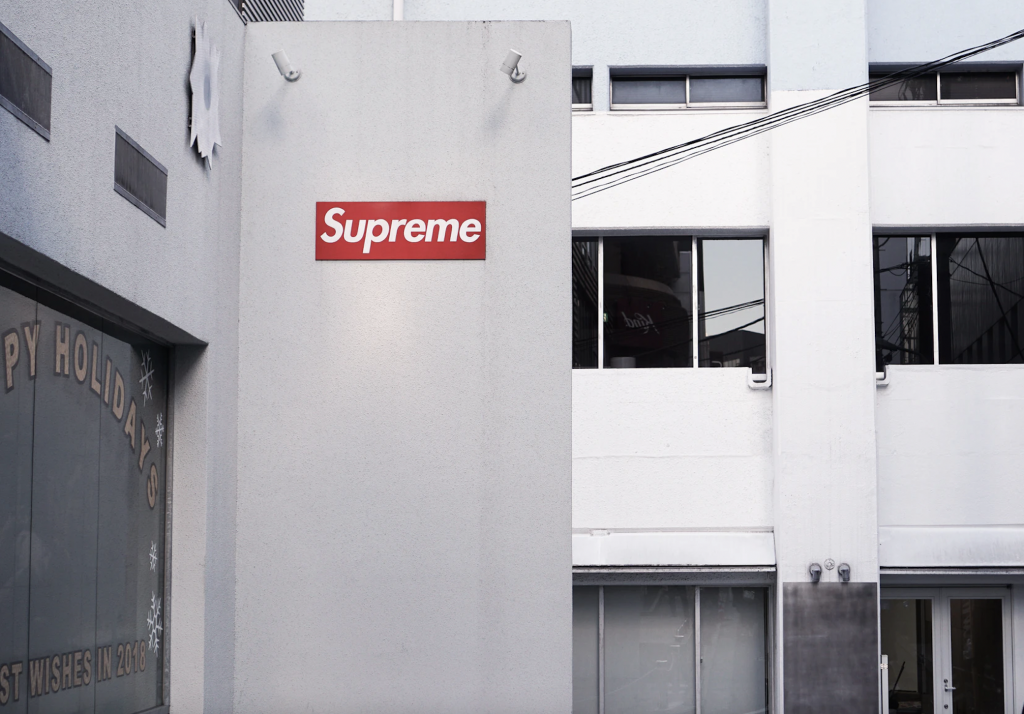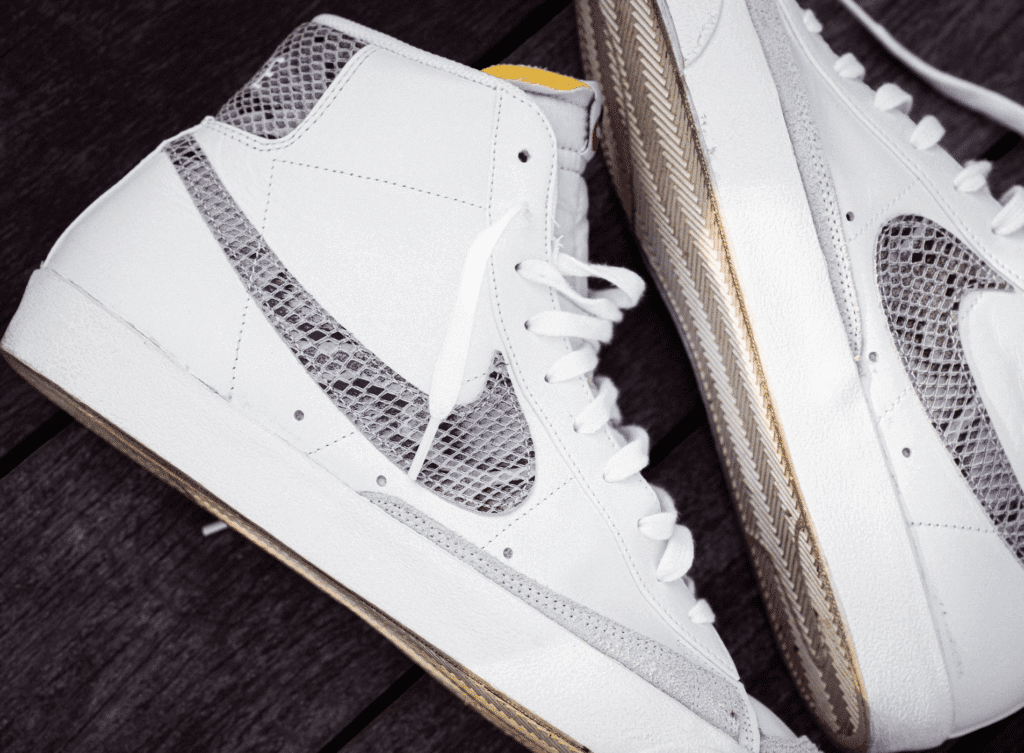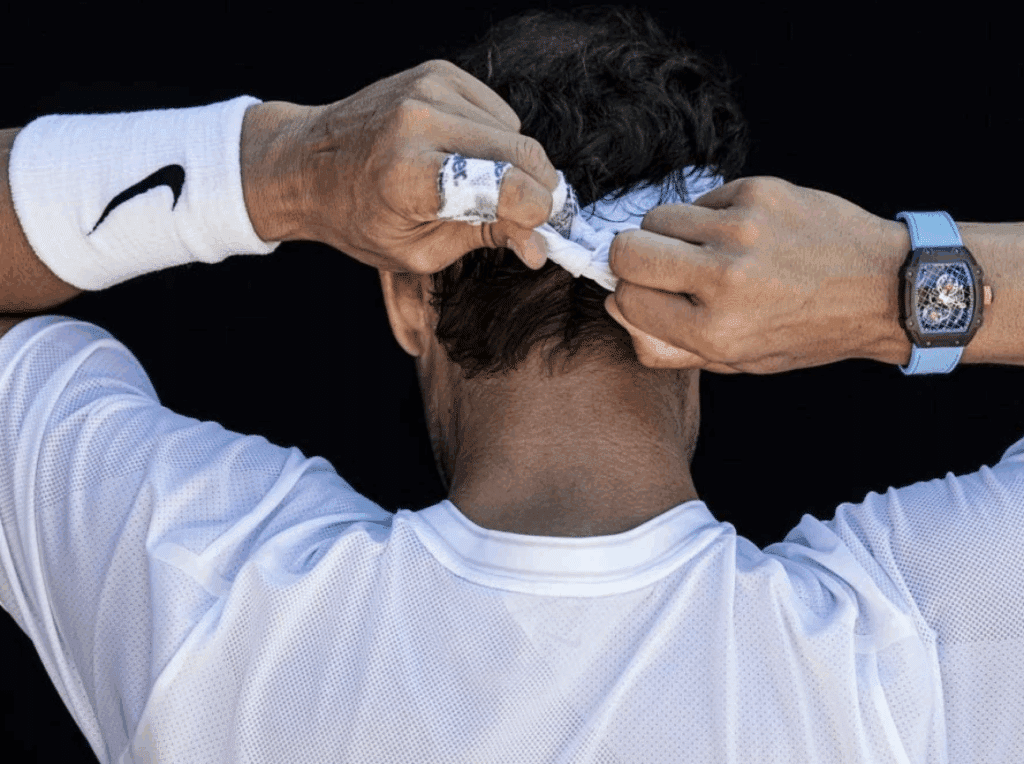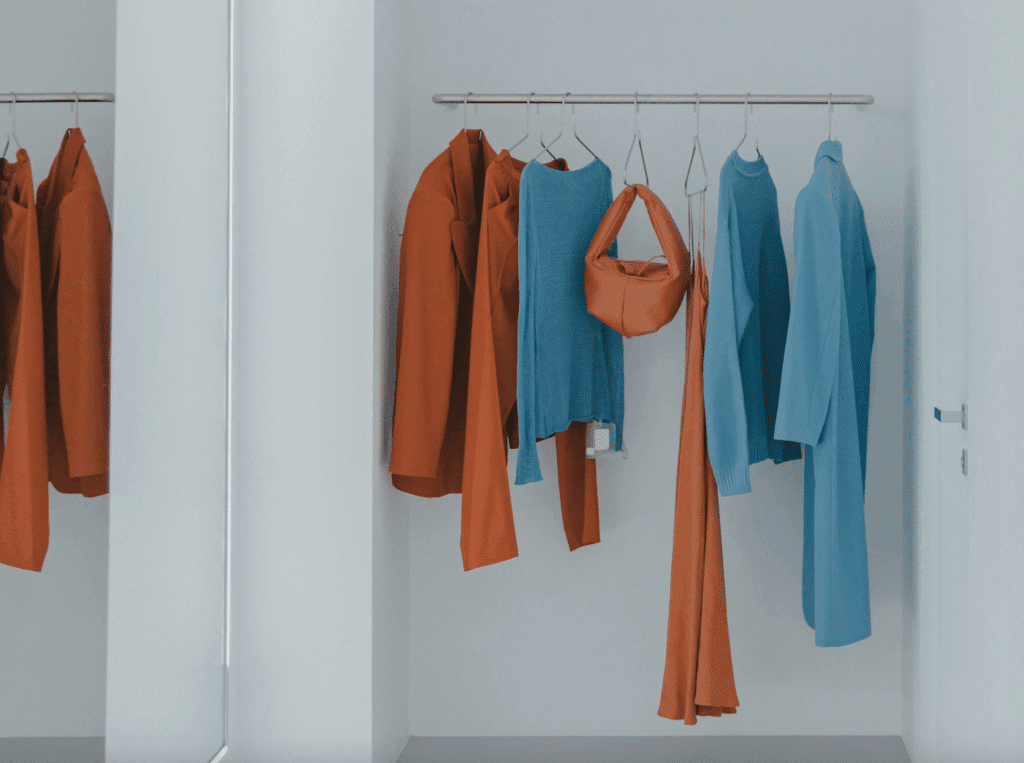Thailand’s National Office of Buddhism says that it is weighing its options in terms of legal action against Supreme for putting an image of Luang Phor Koon on apparel without its authorization. According to a statement released on February 19, the National Office of Buddhism is drafting a letter to the New York-based streetwear brand over its “Blessings Ripstop Shirt,” which is included in a Spring/Summer 2021 collection, and which bears an image of the late monk surrounded with yant script, a sacred form of tattoos reserved for Buddhist monks and Brahmin holy men.
A representative for the National Office of Buddhism revealed that the image that appears on the buzzy Supreme wares – which depicts the celebrated monk sitting and smoking – is one of the “most popular” photos of Luang Phor Koon, who died in 2015, and is said to have been taken in or around 2002 with the monk’s permission. Initially printed on products to raise funds for Wat Ban Rai, a Nakhon Ratchasima province temple, the National Office of Buddhism says that VF Corp-owned Supreme did not seek out – or receive – permission to use the image, thereby, giving rise to potential issues of misappropriation and copyright infringement.
The possible copyright infringement claims at play are not necessarily straightforward, though. While the image of Luang Phor Koon and the yant tattoo design – both of which were allegedly utilized by Supreme without the Wat Ban Rai’s consent – are creative works capable of being protected by copyright, issues of authorship and ownership abound. Thailand’s Department of Intellectual Property director-general Vittikrai Leewiraphan said that since the intellectual property body does not currently maintain a copyright registration for the specific image or the yant design, the Wat Ban Rai will need to present proof that it created the image and design, and thus, maintains ownership over them. (If the Wat Ban Rai can establish ownership, its rights in the creative work endure for 50 years from the creation of the image.)
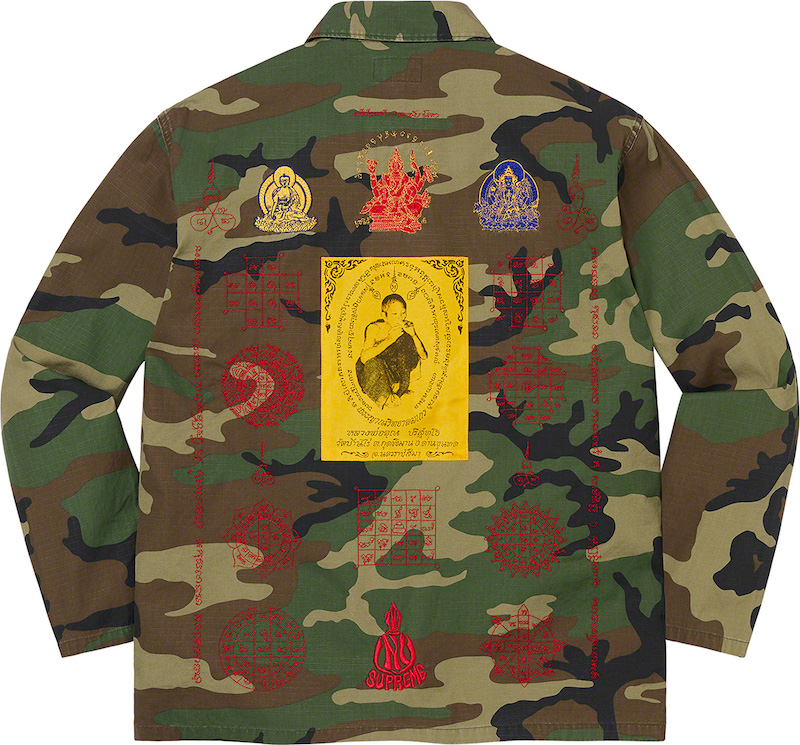
The Bangkok Post reports that “despite the lack of registration,” the works in question are, in fact, “artistic” in nature, and the owner – presumably the Wat Ban Rai – is entitled to “full copyright protection,” making “any replication, modification, disclosure in public or use of the creation without consent an infringement of intellectual property law.”
Reflecting on the budding legal squabble, Rouse’s Jakarta-based Deputy CEO and enforcement head Nick Redfearn says that the image of the famed monk that appears on the Supreme shirts “is probably protected by copyright, but subsistence and ownership may need to be proven.” At the same time, Redfearn notes that some experts have argued that yant is considered a work of applied art, and in Thailand, copyright in such works lasts 25 years from the date that the work was created/published.” As such, he says that “it is not clear if the copyright has expired.”
Meanwhile, Tawatchai Sanprasit, who is the manager of the Wat Ban Rai temple, said in a statement, “We will discuss the issue [with Supreme], and find out what the brand’s purpose is,” noting that the temple will then decide what action can be taken against the brand.
Hardly Supreme’s first tangle with allegations of infringement, the brand, which was recently acquired by North Face owner VF Corp., is currently in the midst of a trademark infringement, false designation of origin, and unfair competition lawsuit that was filed against it in a California federal court in September. In that case, Spirit Clothing Company accuses Supreme’s corporate entity Chapter 4 Corp. of copying its staple jersey, which “is inherently distinctive and protectable as a trademark.”







